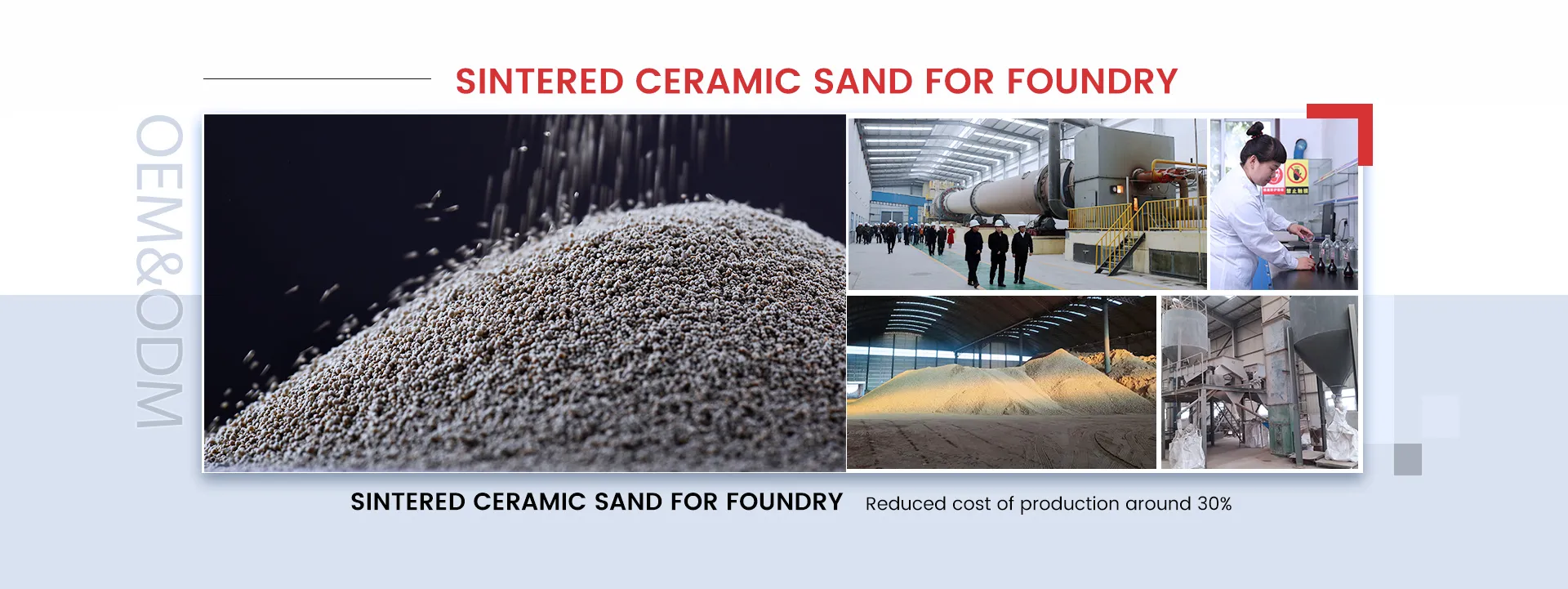The Art and Science of Casting Sand A Timeless Craft
Casting sand, also known as sand casting, is a venerable technique that has been employed for centuries to create intricate shapes and components. This method involves using sand as a mold material, and it has gained prominence due to its versatility, cost-effectiveness, and the ability to produce complex geometries. As we explore the process and significance of sand casting, it becomes evident that this craft is both an art and a science.
At its core, sand casting involves creating a mold by compacting sand around a pattern of the object to be made. The pattern, typically made of metal or a durable material, is placed in a box-like structure known as a flask. Sand, often mixed with clay and water for better binding, is then packed around the pattern. Once the mold is formed, the pattern is removed, leaving a cavity that matches the object's shape. This cavity is filled with molten metal, which cools and solidifies, creating the final product.
The Art and Science of Casting Sand A Timeless Craft
The properties of the sand used in casting are crucial to the success of the process. The ideal sand for casting should have the right grain size, shape, and distribution to ensure a smooth surface finish and high-resolution detail in the final product. Silica sand is the most commonly used type, often treated to enhance its binding properties. Other additives, such as coal dust, may be mixed in to improve the mold's strength and thermal stability.
casting sand

As technology advances, so does the sand casting process. Modern techniques, such as 3D printing of molds and the use of computer-aided design (CAD) for pattern creation, are revolutionizing the industry. These innovations allow for greater precision, reduced waste, and faster production times. However, even with these advancements, the fundamental principles of sand casting remain unchanged, underscoring the timeless nature of this craft.
Beyond its practical applications, sand casting carries a rich cultural significance. It is a form of craftsmanship that has been passed down through generations, often becoming a cherished tradition within communities. Artisans take great pride in their work, pouring not only molten metal but also their creativity and skill into each piece. The unique imperfections that arise during the casting process can give each item a character and history that mass-produced goods lack.
In recent years, there has been a resurgence of interest in traditional craftsmanship, and sand casting is no exception. Workshops and artisan fairs celebrate this age-old technique, bringing together enthusiasts and professionals alike to share their knowledge and passion for creating tangible, lasting works of art. As the world shifts towards more sustainable practices, the ability to create products locally through sand casting offers an eco-friendly alternative to mass production.
In conclusion, casting sand is a fascinating blend of art and science, embodying the creativity and ingenuity of humanity. Its processes reflect centuries of development while continuing to evolve with technology and design. Whether for practical uses or artistic expression, sand casting remains a vital craft that showcases the beauty of creation in its most elemental form. As we look to the future, the legacy of sand casting will likely endure, inspiring new generations to explore the endless possibilities hidden within this timeless technique.
Post time:دېكابىر . 19, 2024 11:43
Next:Understanding the Components Involved in Sand Casting Processes
